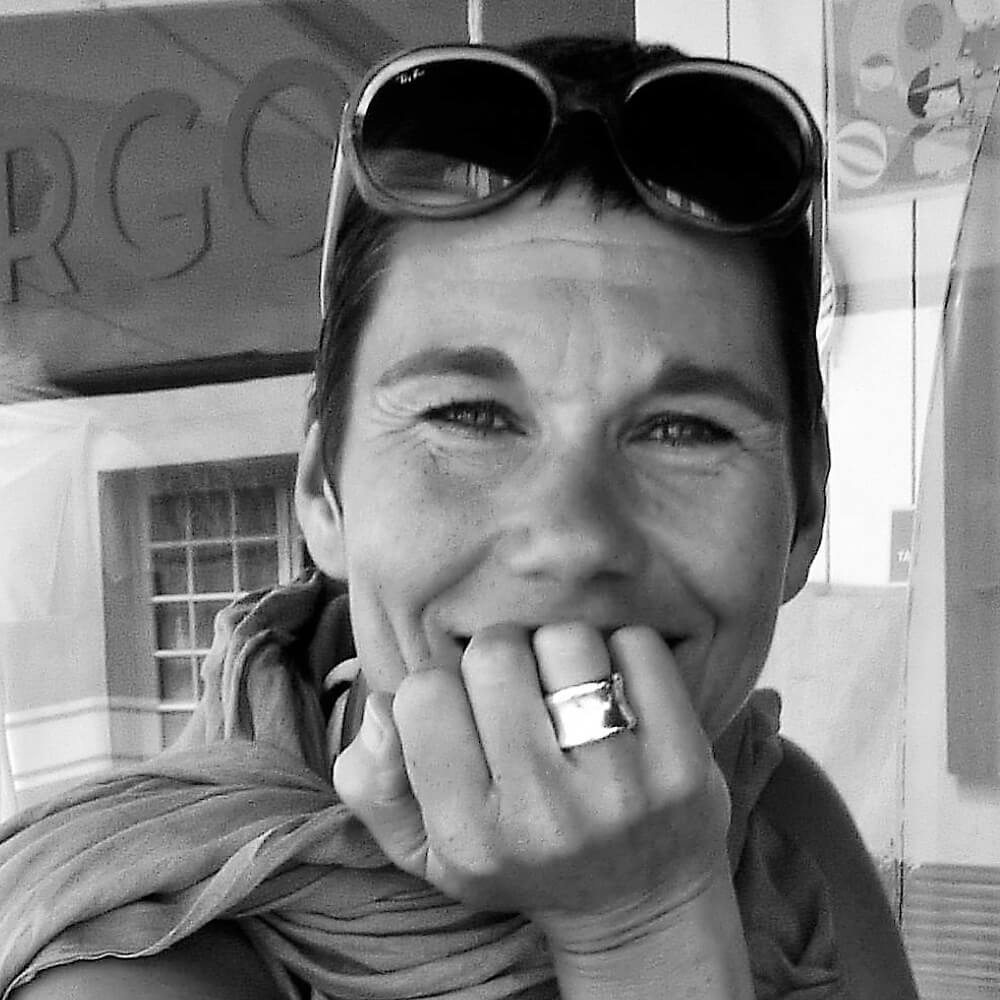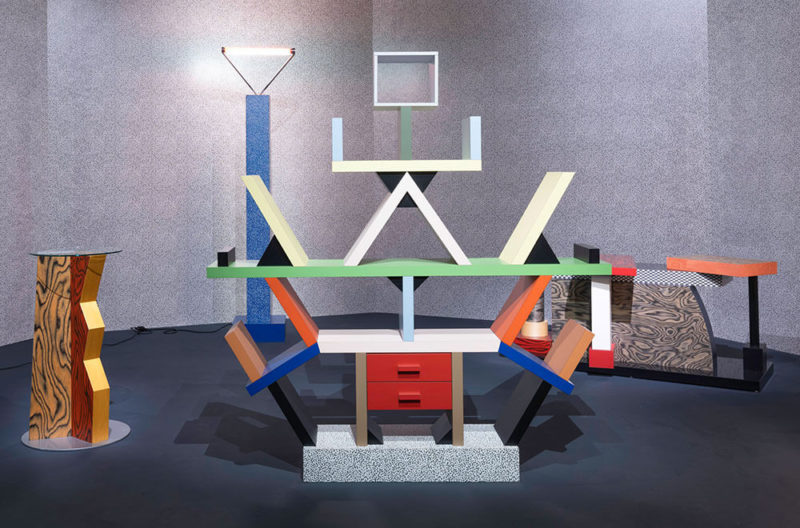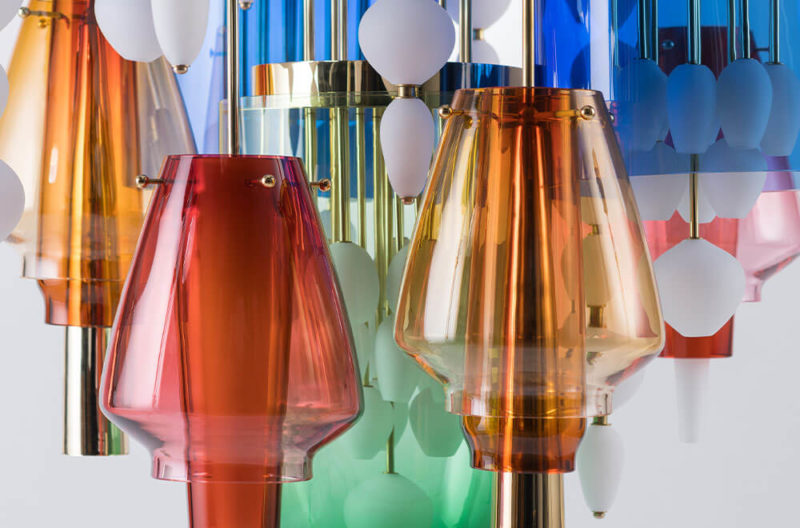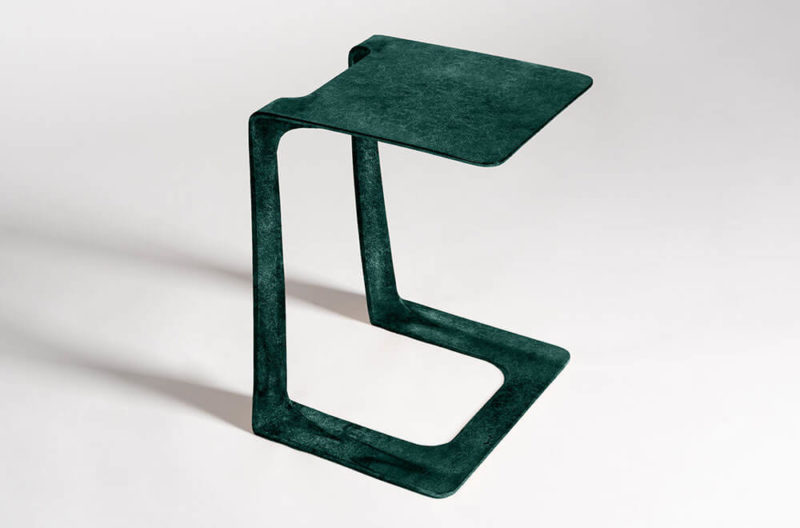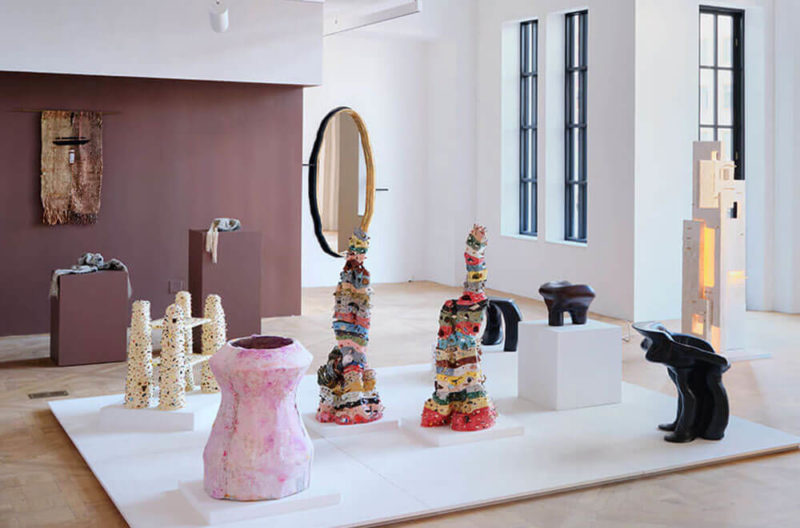The Salon Art + Design 2021
Back in-person: a showcase of exceptional vintage, modern and contemporary design and art from around the world.
Park Avenue Armory, New York
11th – 15th November 2021
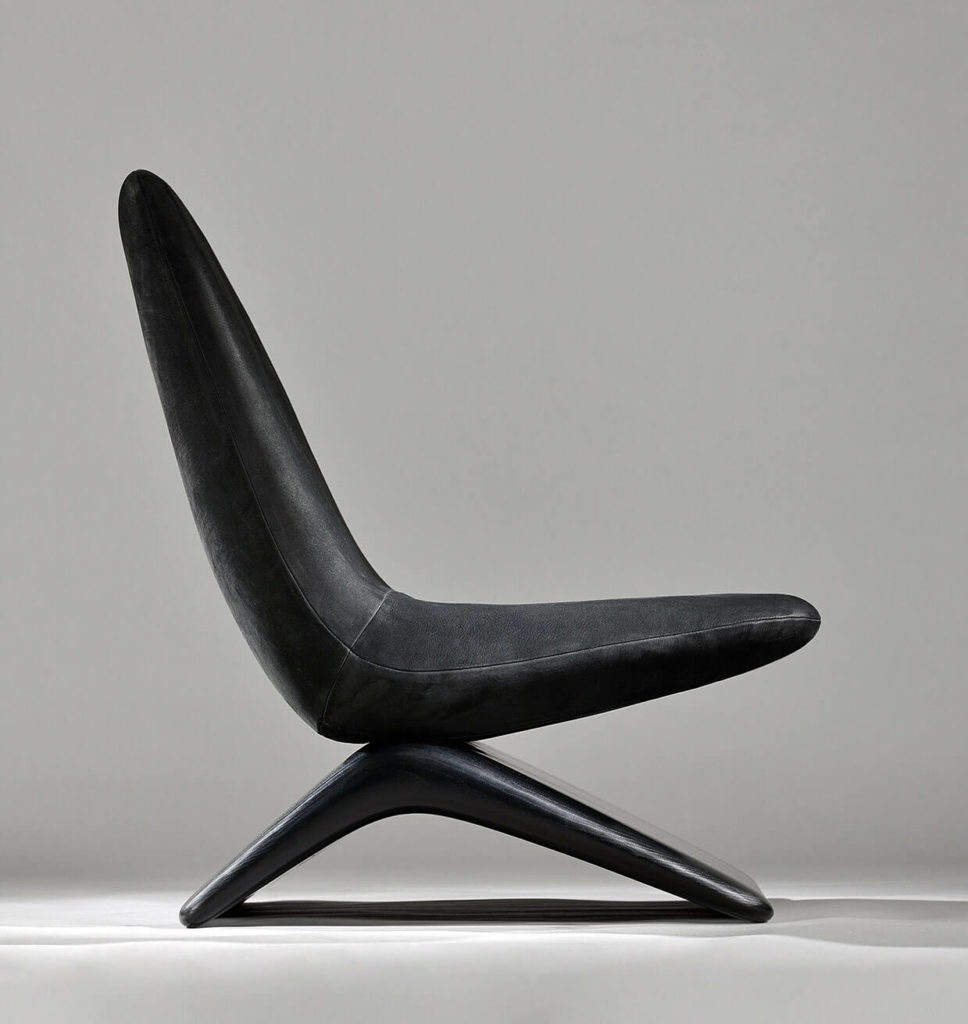
Les Ateliers Courbet + Pieter Maes Collection, ‘Palindrome’ chair, 2021
Ed. of 25 + 4 AP | Signed & Numbered. Solid Ash wood base, tight seat and back in Spinneybeck Marissa Black Suede. POA.
COURTESY: Les Ateliers Courbet + Pieter Maes Collection / PHOTOGRAPH: Erick Salliet
ON NOVEMBER 11th, Salon Art + Design will return to the Park Avenue Armory in New York City to celebrate its tenth in-person anniversary. The fair is known for presenting art and design in immersive environments intended to both reflect and predict the way we live. This year visitors will find galleries from Asia, the Middle East and Europe showing alongside those from America.
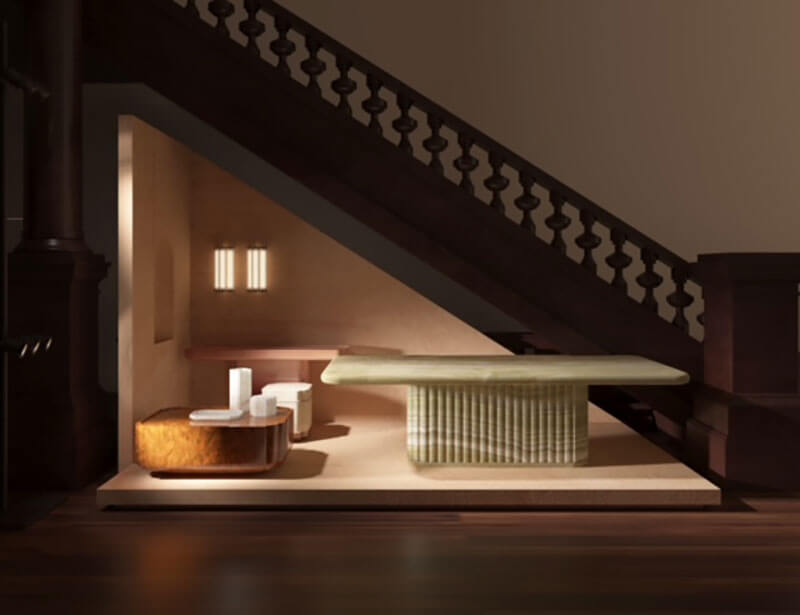
Nathan Litera, ‘Altana’, 2021
COURTESY: Nathan Litera
“Fairs like ours attract people who like to be at the forefront of things,” says Salon’s Director Jill Bokor. “I am proud of our chronological diversity – we want to provide a really good survey of what people can buy, but I always hope to have a few surprises for people too. The thing about fairs is that the danger of them becoming stale is all too possible. My job is to ensure that people never leave Salon saying ‘I feel like I’ve seen that before’.”
2021’s edition of Salon Art + Design confirms the fair’s reputation: antiquities mix with tribal art, and examples of both design and fine art from every decade of the 20th century sit alongside work from the first two decades of this one. But the spirit is more forward-looking than ever. Many of the almost 50 galleries are debuting their artist’s latest work, while the Armory’s historic front rooms have been taken over by a series of special installations featuring new collections by individual designers.

Ian Collings, ‘Stone Table’, 2021
Unique piece, $11,500.
COURTESY: The Future Perfect & Ian Collings
The Design Edit has been treated to a preview and here’s our pick of previously unseen work waiting to surprise in both the Armory’s front rooms and the gallery booths.
Les Ateliers Courbet + Pieter Maes Collection is the first in a series of limited-edition collaborations that brings together contemporary artist-designers and sought-after artisans with the aim, as the project’s Creative Director Melanie Courbet explains, “of giving birth to contemporary works of art informed by and anchored in cultural heritage.”
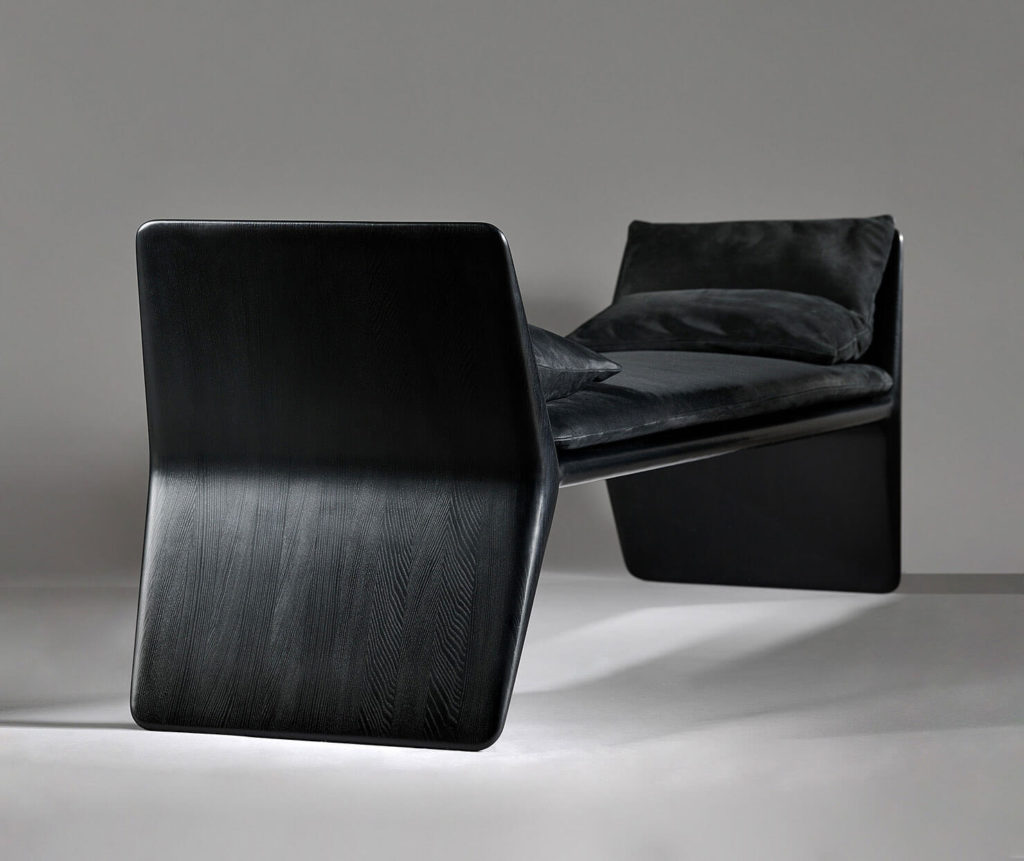
Les Ateliers Courbet + Pieter Maes Collection, ‘Curves Bench’, 2021
Ed. of 25 + 4 AP | Signed & Numbered. Solid Ash, varnished ad stained in black, Loose Sear Cushion, upholstered in Spinneybeck Lucca Black Suede. $27,250.
COURTESY: Les Ateliers Courbet + Pieter Maes Collection / PHOTOGRAPH: Erick Salliet
For this inaugural edition, Belgian-born designer Pieter Maes has worked with Dutch woodcrafter Rutger Graas, esteemed French upholsterer Jouffre, the stone artisans of Il Granito, and wood manufacturers 3DW. The resulting collection of hand-made tables and seats show Maes exploring freer forms. “There’s something powerful about the serenity and mystery of these essential shapes,” he says. “I have become obsessed with making simple, unfussy work that triggers something very ancient and dormant in people.”
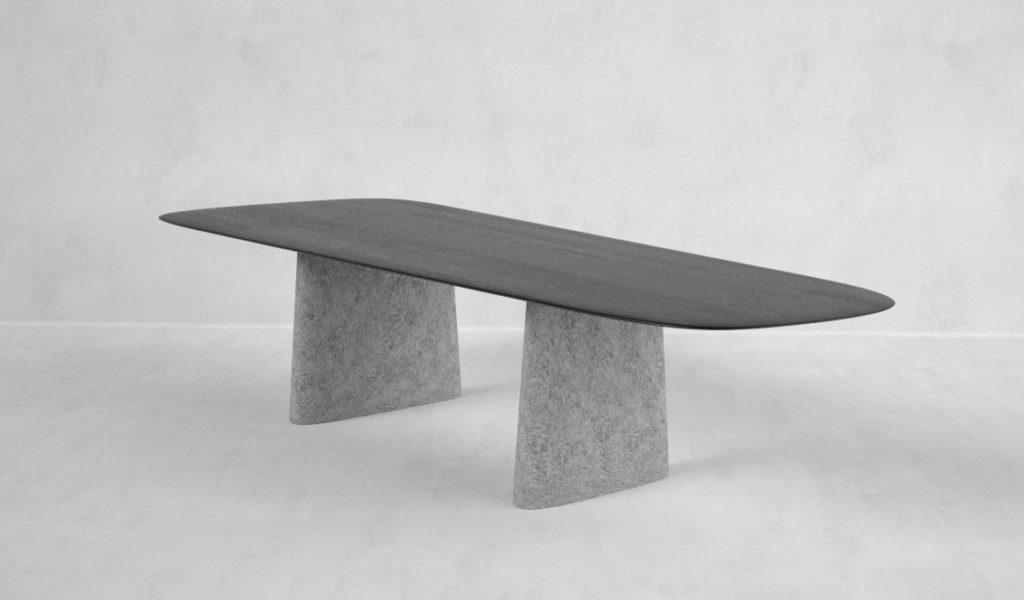
Les Ateliers Courbet + Pieter Maes Collection, ‘Dolm Dining Table, 2021
Ed. of 25 + 2 AP | Signed & Numbered. Stained and lacquered oak (Schilf Matte), Grigio Veneto stone bases. POA.
COURTESY: Les Ateliers Courbet + Pieter Maes Collection
‘Mobile Chandelier’ by lighting designer Michael Anastassiades is a beautiful sketch of a light made from green patinated brass and mouth-blown opaline glass spheres debuting at Friedman Benda’s booth. Despite its name, this chandelier was inspired not by a mobile, but by a plant Anastassiades received as a gift. “I became fascinated by the ever-changing quality of its colour tonalities,” he explains. “The vividness of the green tints would vary depending on the daylight and the plant growth and I wanted to capture its essential colour on one day in June, to freeze time.”
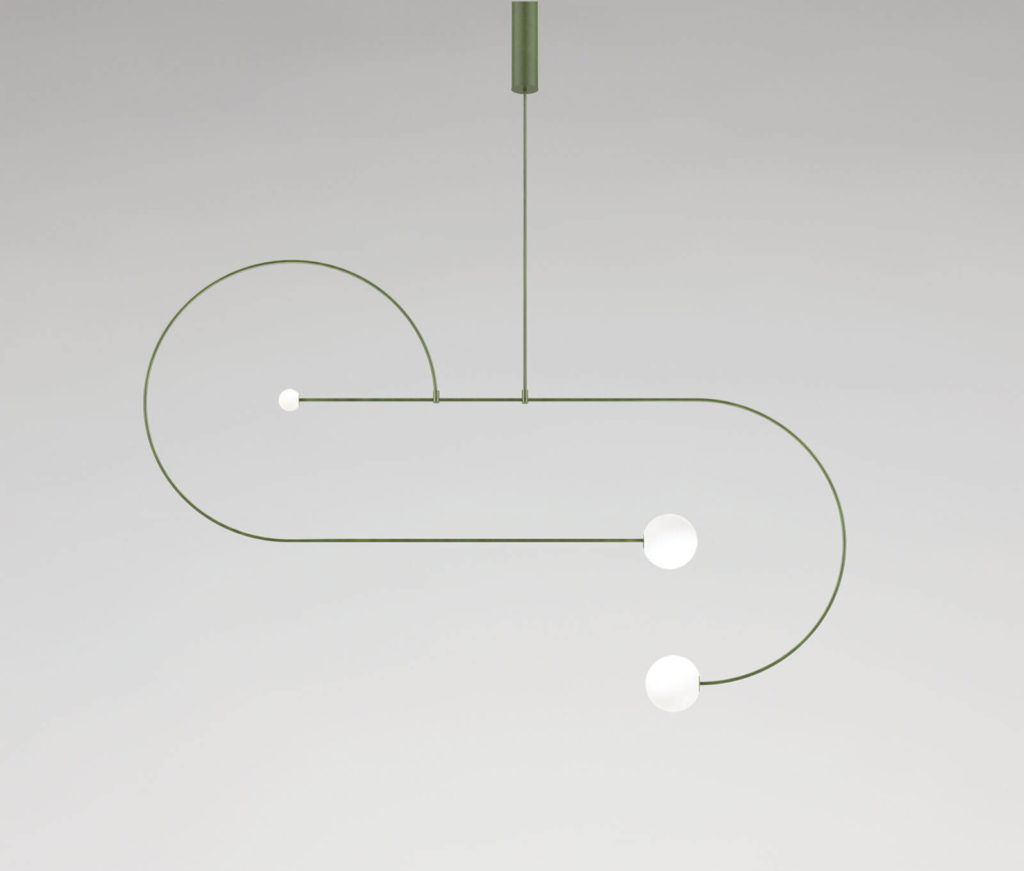
Michael Anastassiades, ‘Mobile Chandelier’, 2021
Green Patinated Brass & mouth blown opaline spheres. Edition of 3.
COURTESY: Friedman Benda & Michael Anastassiades
Idiosyncratic objects referencing pop culture and baroque ornamentation are hallmarks of Antwerp-based Studio Job. ‘Weeping Lantern’, an eery floor lamp-cum-sculpture which the Studio’s founder, Job Smeets, is presenting at Salon Art + Design with New York gallery R & Company, speaks to all these themes. Made from a combination of glass and polished and patinated bronze, it demonstrates Smeet’s mastery of materials and ability to combine wit, tradition, design and art in a single work. “This piece plays with the states of matter, shaping an industrial object gently into the impossible,” he says. “It is the meeting point between gravity-defying sculpture and realistic surrealism.”
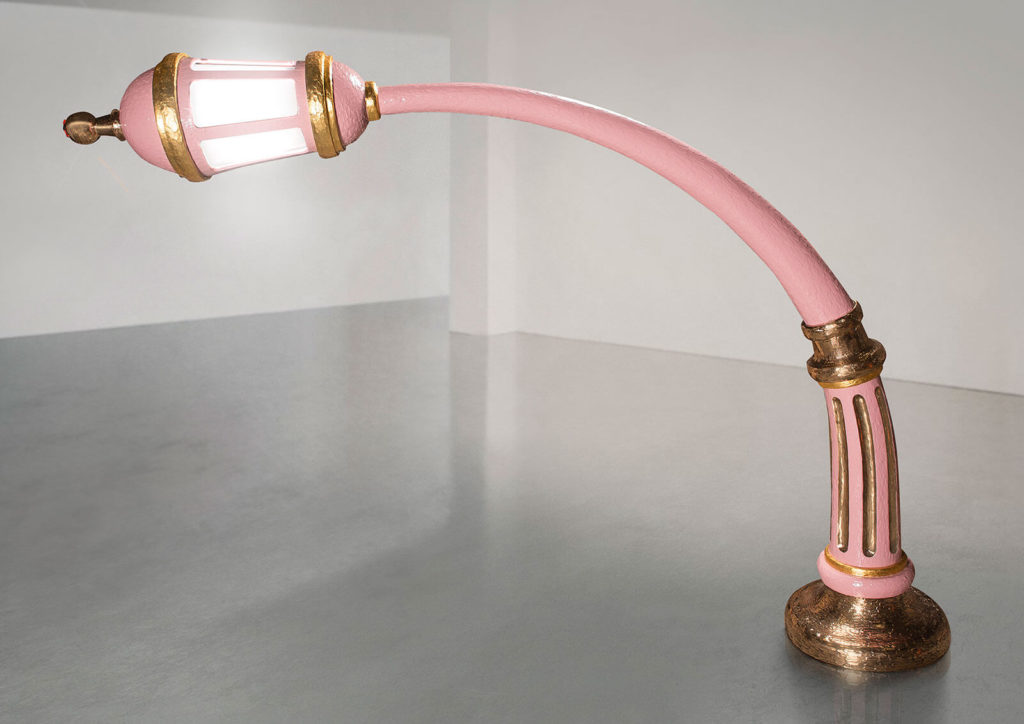
Studio Job, ‘Weeping Lantern’, 2018
Arched floor lamp in polished and painted bronze with glass. POA.
COURTESY: © Artist Studio Job and R & Company
American contemporary design gallery The Future Perfect is showing a new collection of powerful, organic stone objects, furniture pieces and wall hangings by the Costa Rica-based sculptor and designer Ian Collings.
Collings is interested in materiality and the nature of things. He sees the stones he carves into as “lithified bits of stardust” and the resulting monolith-like objects with their ambiguous forms are, he says, “a result of my internal reflections on time, systems, emergence and a primary respect for the story of each rock.”
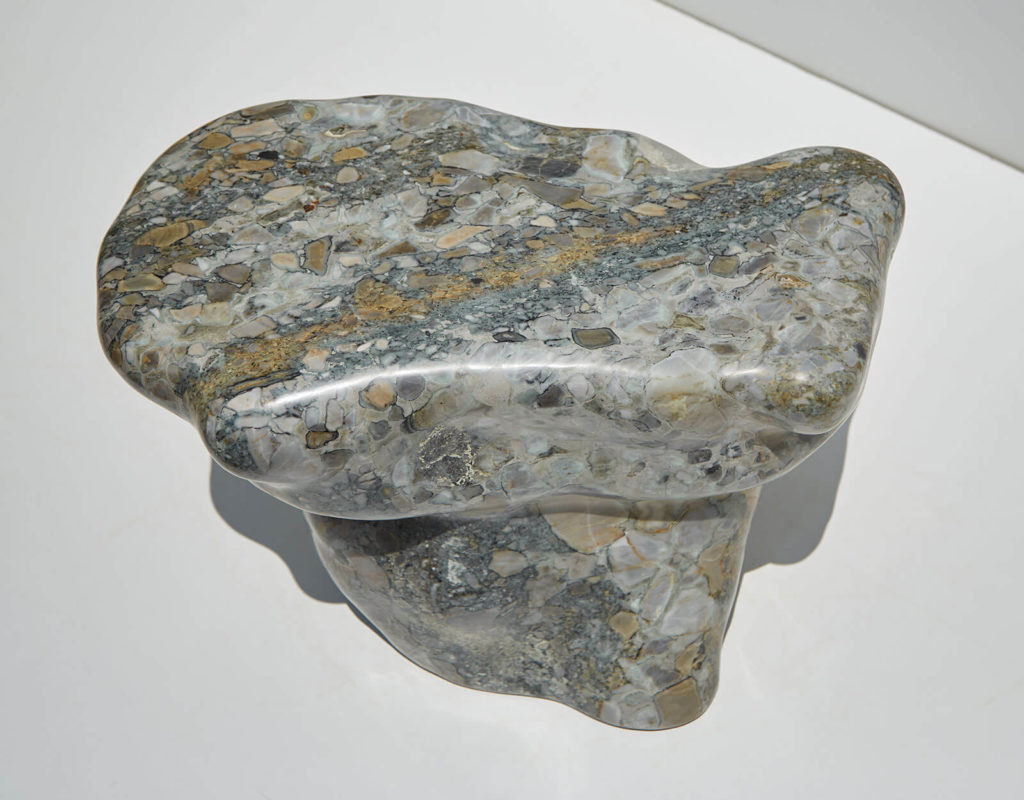
Ian Collings, ‘Stone Seat’, 2021
Unique piece, $16,100.
COURTESY: The Future Perfect & Ian Collings
His furniture pieces – stools and tables hand carved from ancient stone –represent an extension of Collings’s sculptural prowess. As the gallery’s founder David Alhadeff explains, “these pieces engage in a dialectical understanding of object construction as a substantive and transitory process. Treating the materials as a set of ‘primary data’, Collings compiles raw, metamorphosed information taken from the earth into synthesised forms that are recognisable as functional objects.”
Visitors to the Armory Library will be transported to the Amazon rainforest thanks to an installation by Brazilian jewellery designer Silvia Furmanovich. Her first collection of objects for the home comprises brilliantly decorative, marquetry stools, mirrors, tables, trays, vases and bowls made in collaboration with artisans based in the Brazilian rainforest. These craftspeople use fallen branches and veneers they find in the forest to create the intricate designs, and the resulting pieces both celebrate an age-old skill and prove its relevance in the contemporary world.
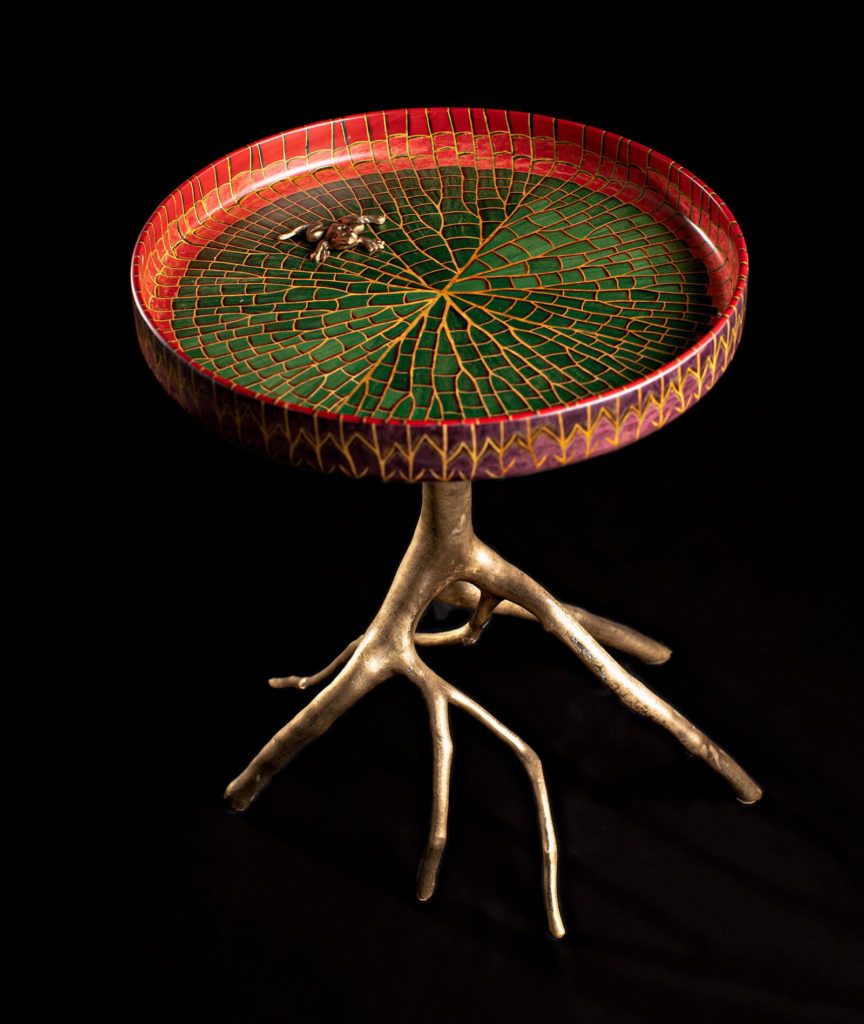
Silvia Furmanovich, ‘Lily Pad Table’, 2019
Edition of 8. Marquetry and Brass. $6,000.
COURTESY: Silvia Furmanovich
Occupying the space beneath the building’s Grand Staircase is the first furniture collection from Paris-based designer and architect, Nathan Litera. Made from noble materials – wood, stone, alabaster and marble – ‘Altana’ is inspired by the architecture of Venetian Palazzi, and the tables, pendant lights and table objects all reference the details found in these palaces such as lancet arches and the quatrefoil (the ornamental design resembling a four-leaf clover).
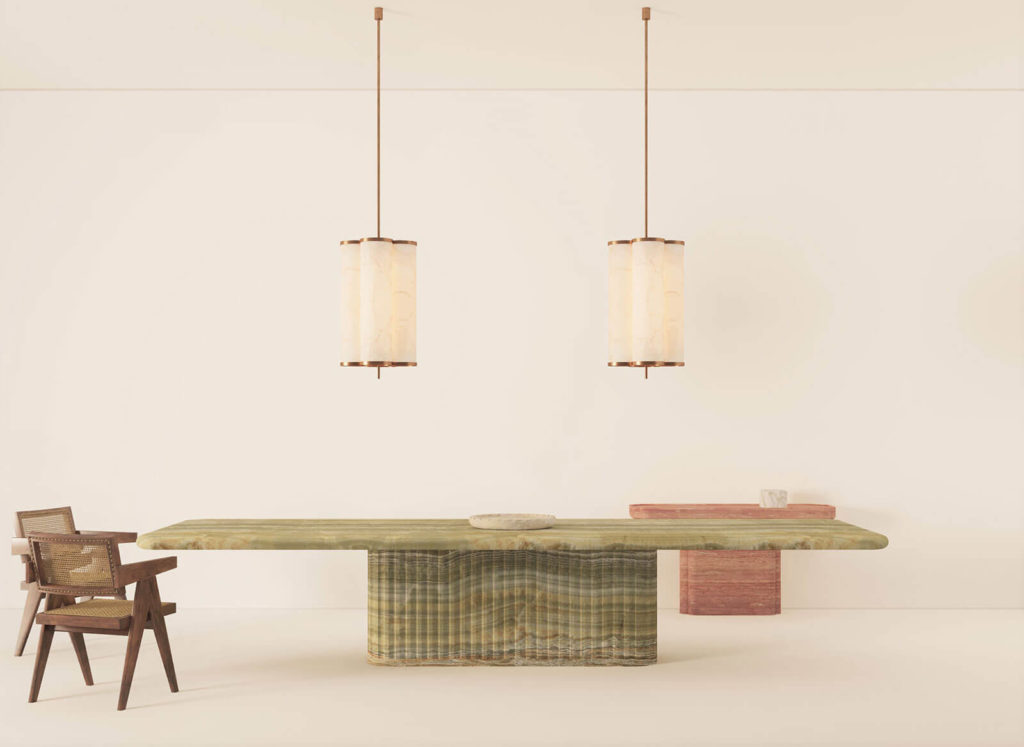
Nathan Litera, ‘Altana Dining Table’ and ‘Pendant’, 2021
‘Atlana Dining Table’, honed green onyx. From $32,000.
‘Altana Pendant Light’, white alabaster and patinated brass. From $9,250.
COURTESY: Nathan Litera
The Colonel’s Room is home to Studio Greytak, an immersive, conceptual art project by Montana-based designer John Greytak. Greytak’s work centres on gems and minerals and explores the intersection between design by nature and design by humans.
His ‘Universe Collection’ of objects and furniture, which launches at Salon Art + Design, mimics the tools of nature on earth, in the sky, at sea and in space. His illuminated ‘Erosion’ three tier nesting tables, for example, celebrate the channels, gouges and unique patterns left by the forces of running water and blowing sand.
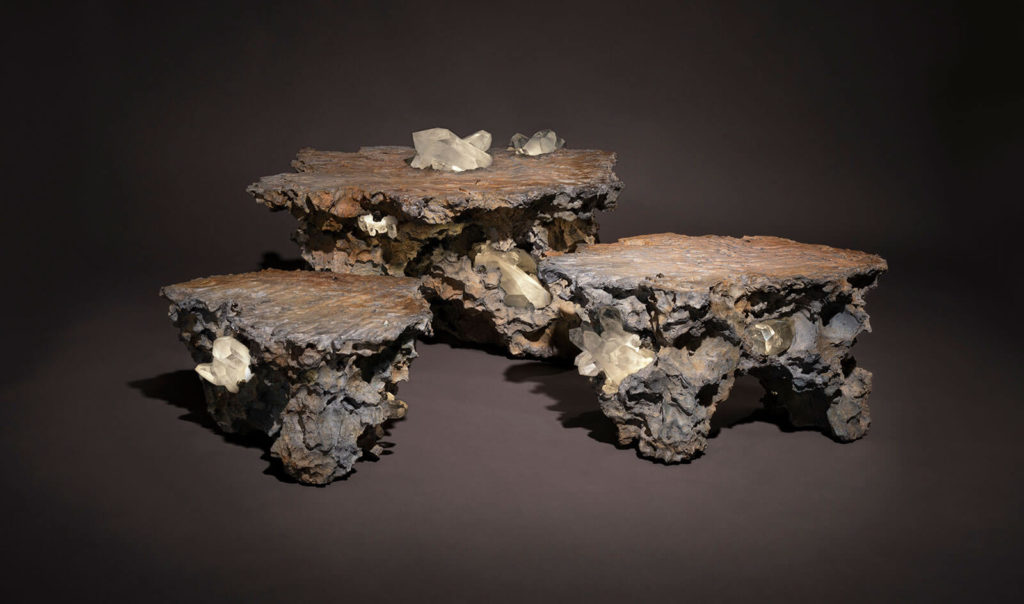
Studio Greytak, ‘Erosion 3 Tier Nesting Tables’, 2020
Artisan cast aluminium with applied and inlaid quartz. Each table has internal rechargeable LED lights to give the quartz a warm ambient glow. Set includes one hand-cast glass coaster for each table. $205,000.
COURTESY: Studio Greytak
‘Luna Lamp’ with its gentle light references the mysteries of the moon – the porcelain globe bathes the unique formations of rough African malachite, both revealing and obscuring in turn.
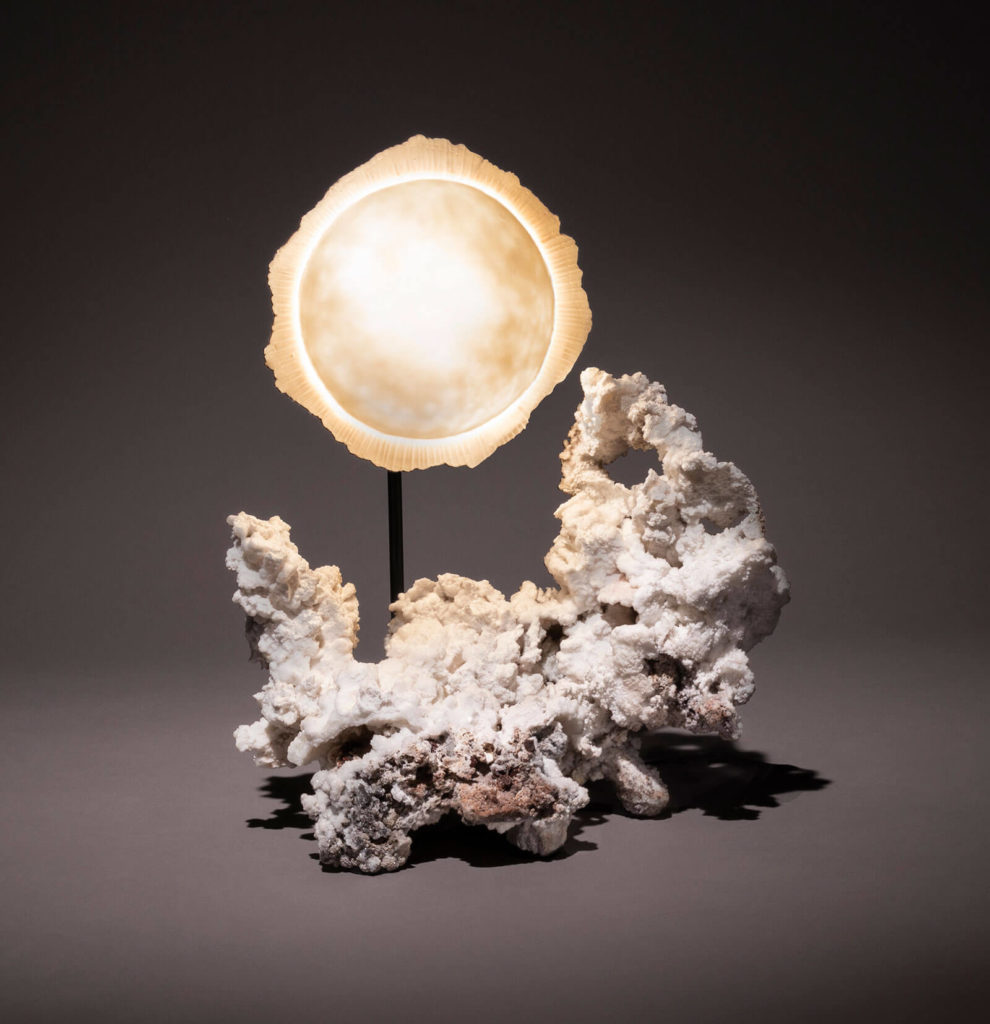
Studio Greytak, ‘Luna Lamp’, 2020
Porcelain artisan cast globe over cloud-like Arkansas Aragonite. $15,000.
COURTESY: Studio Greytak
